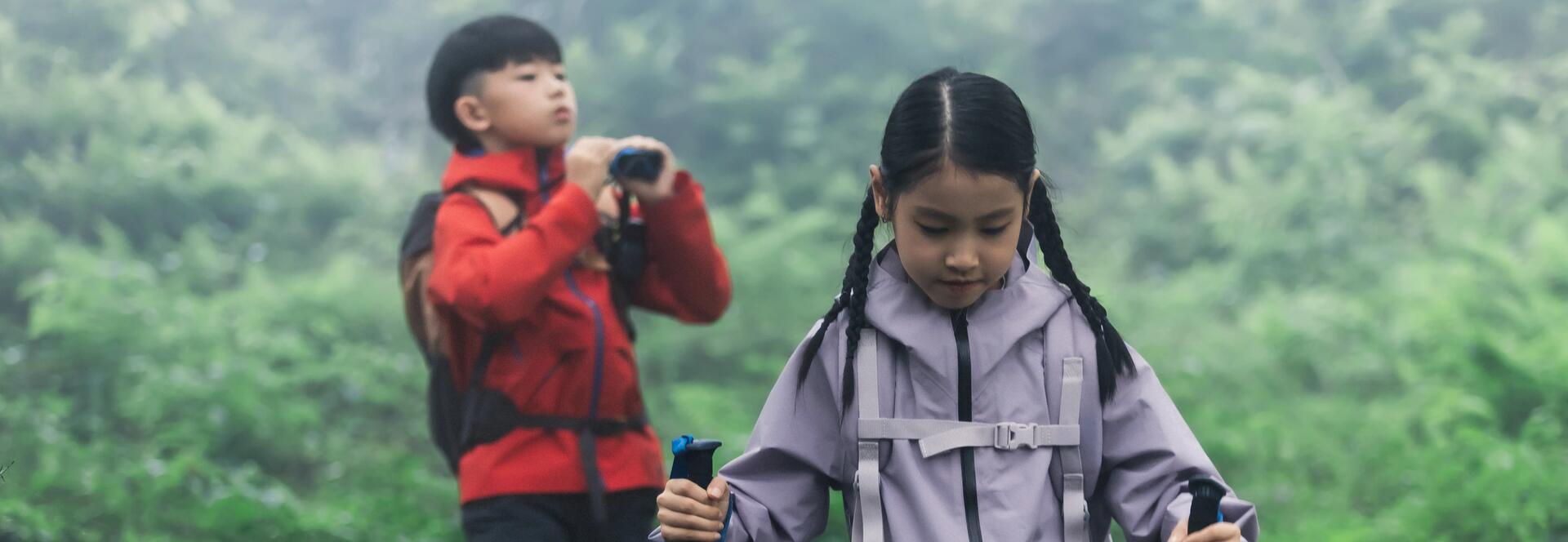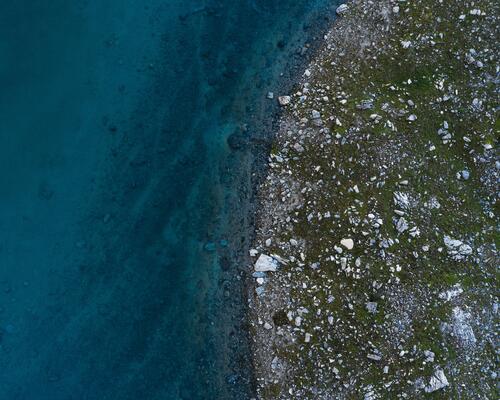Let's talk about biodiversity
Biodiversity relates to life, along with its habitat on our planet. We call these living habitats "ecosystems", whether they be aquatic, including marine, or terrestrial environments. In fact, the word refers to all the interactions between the fauna, flora and their natural environment. For example, think of the bees' role in pollination, allowing flowers to reproduce and agriculture to grow. The idea of biodiversity emerged in the 1980s, and its importance was officially recognised for the first time in 1992 in Rio de Janeiro.
It constitutes a global equilibrium, of which the climate is a part. It is quite simply essential to us human beings. Why? Because thanks to it, we can breathe, eat and drink. We also draw on these resources to extract raw materials, which allows us to produce and meet all our needs.We are, therefore, entirely dependant on it being in good health.




